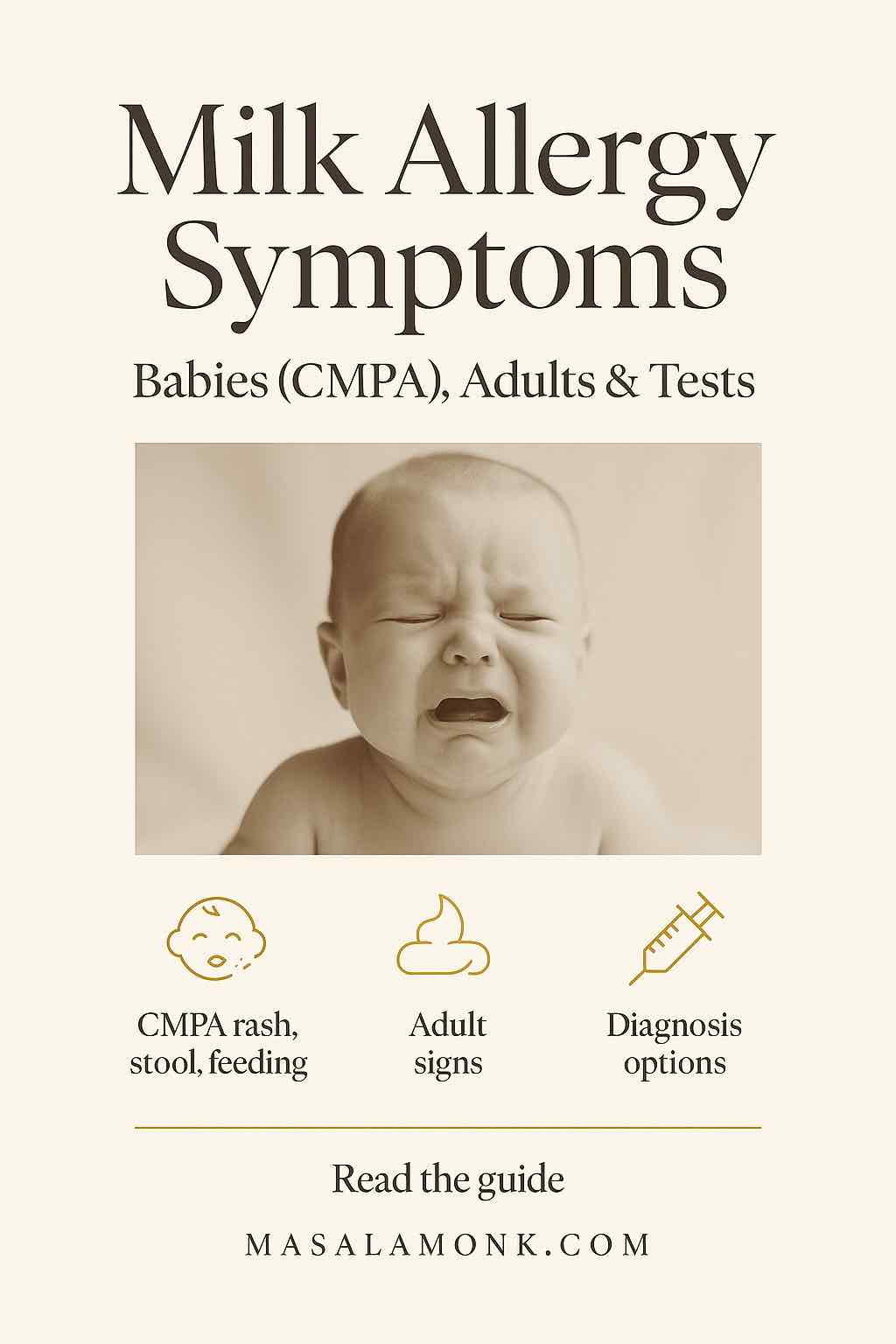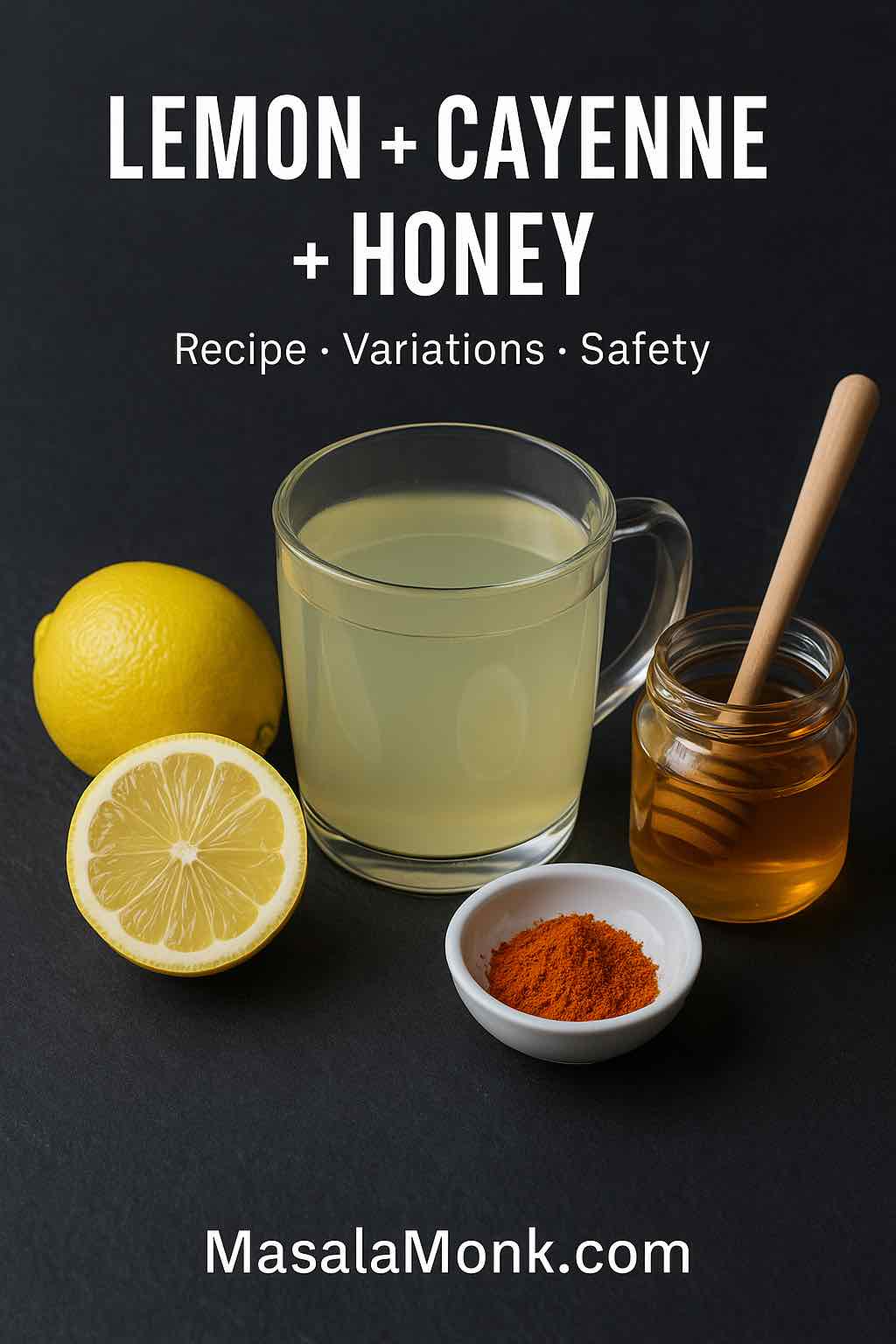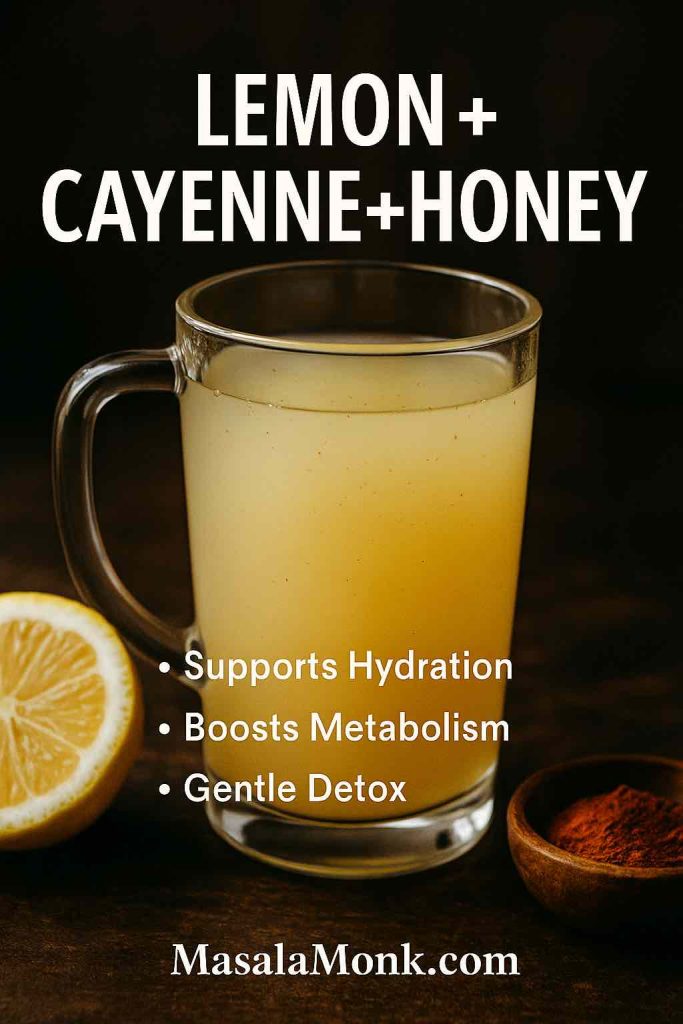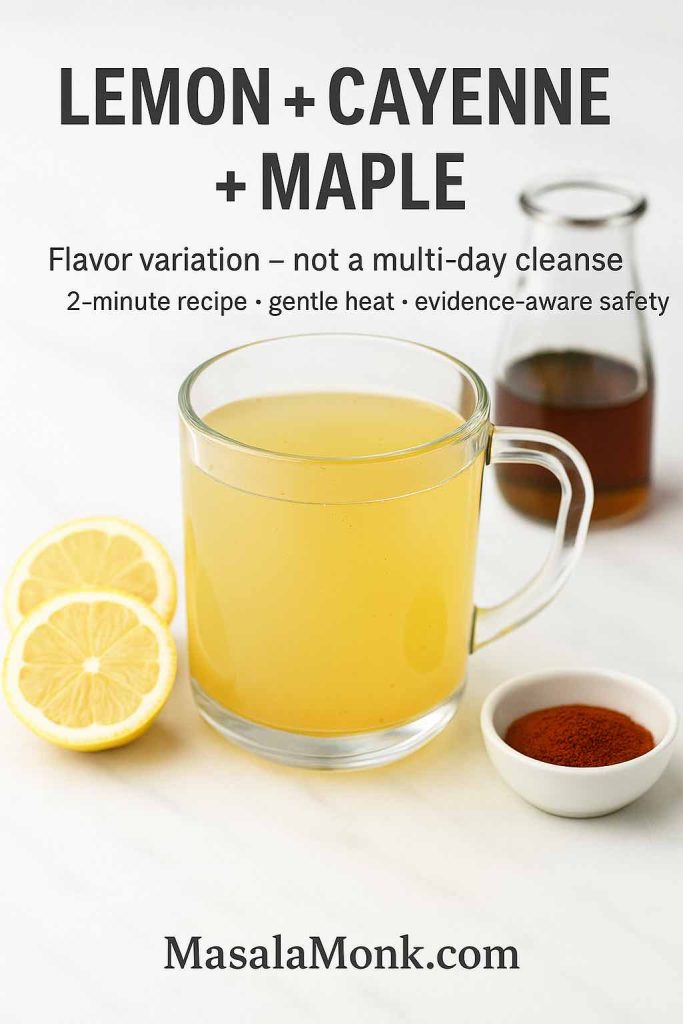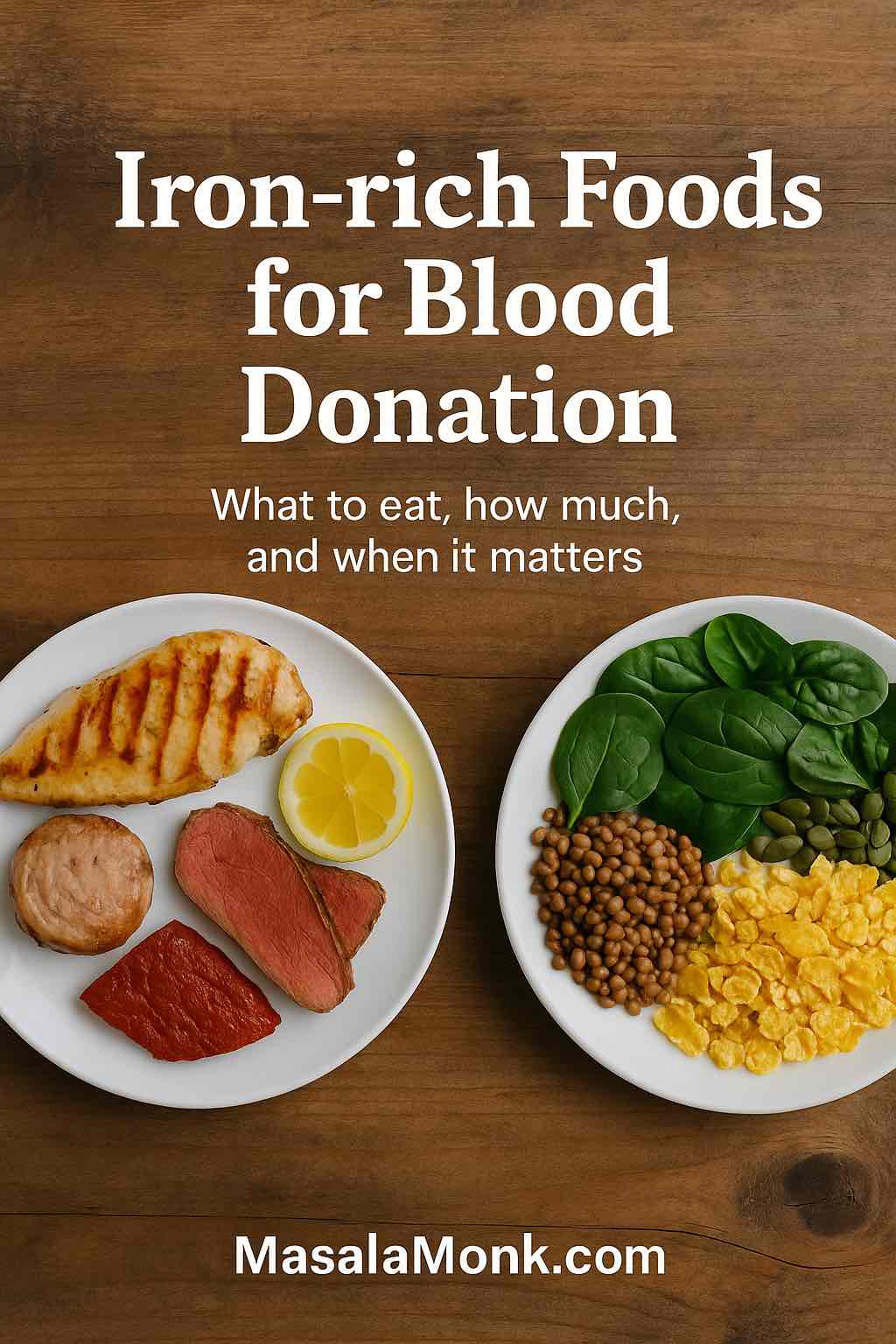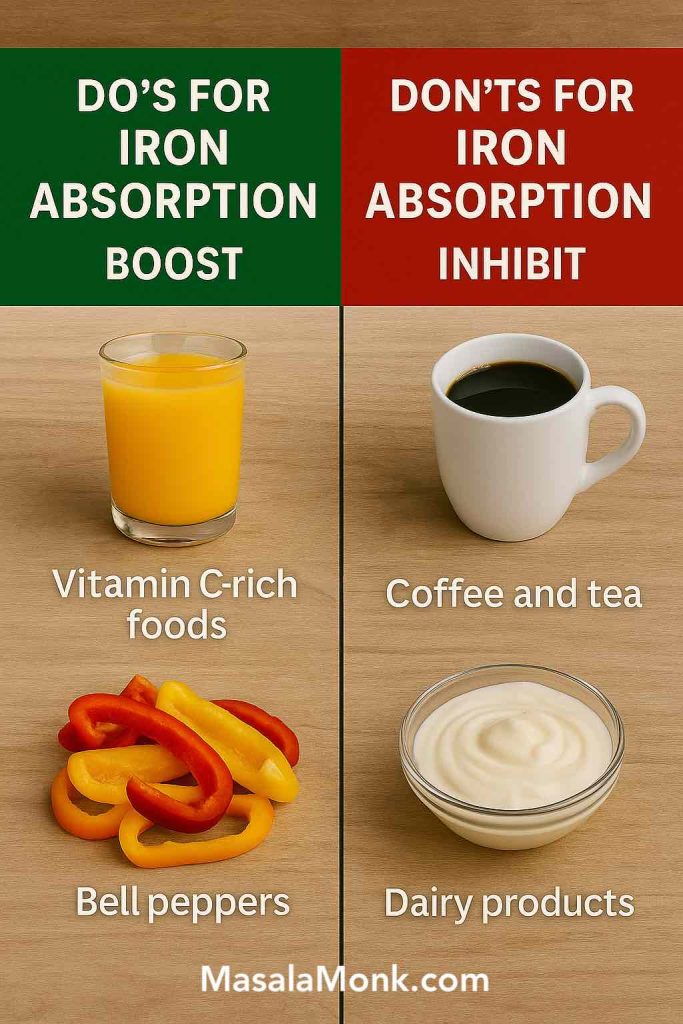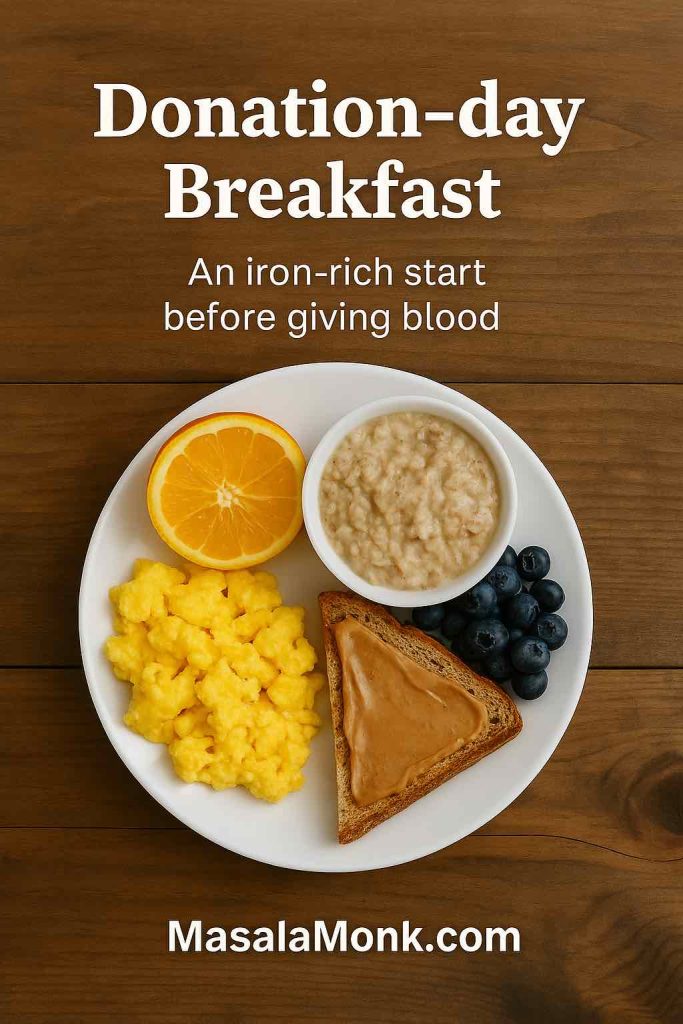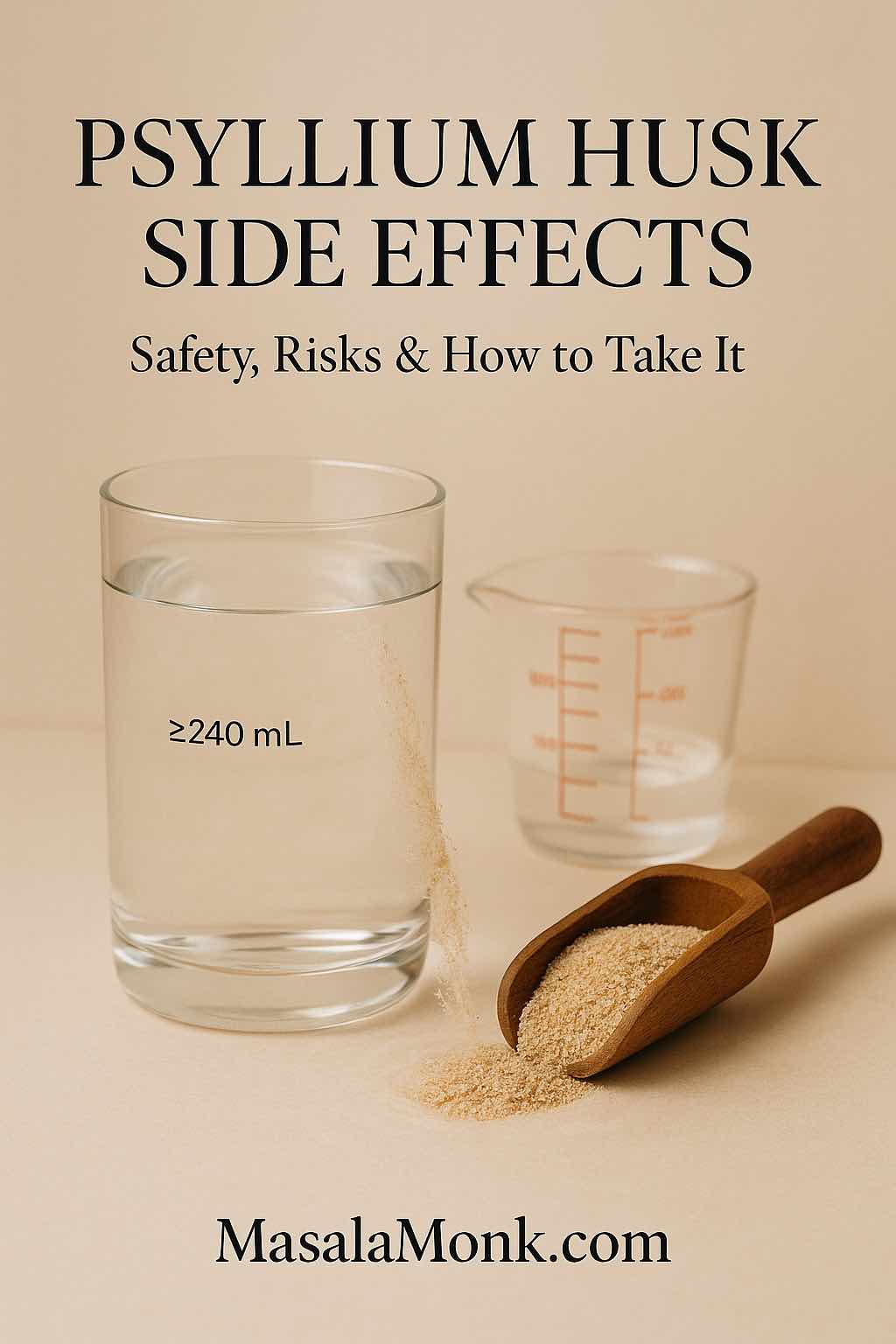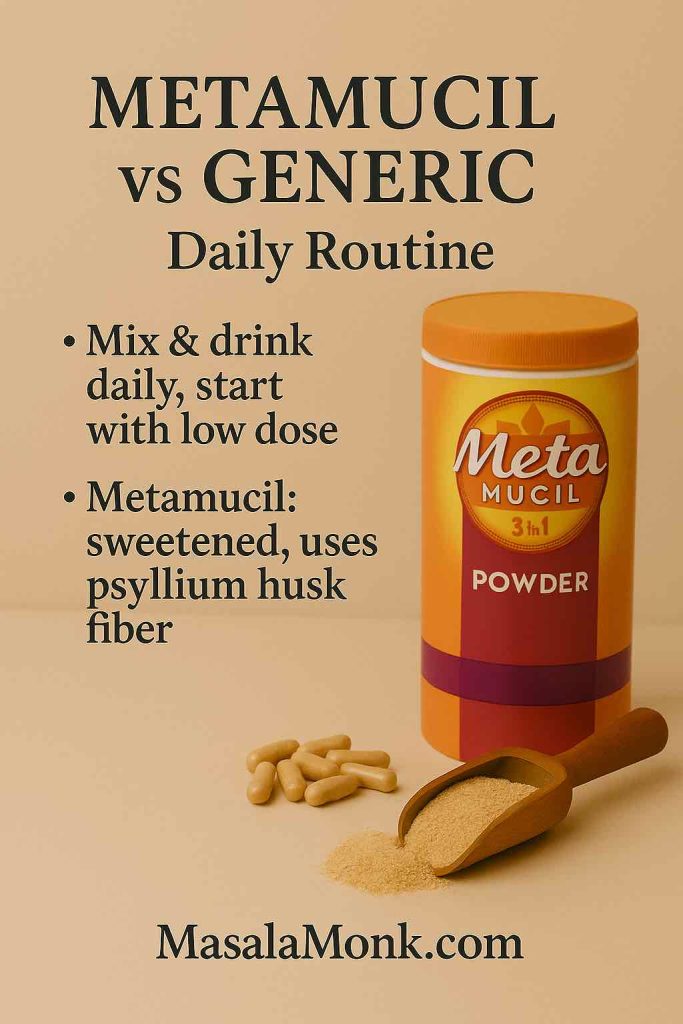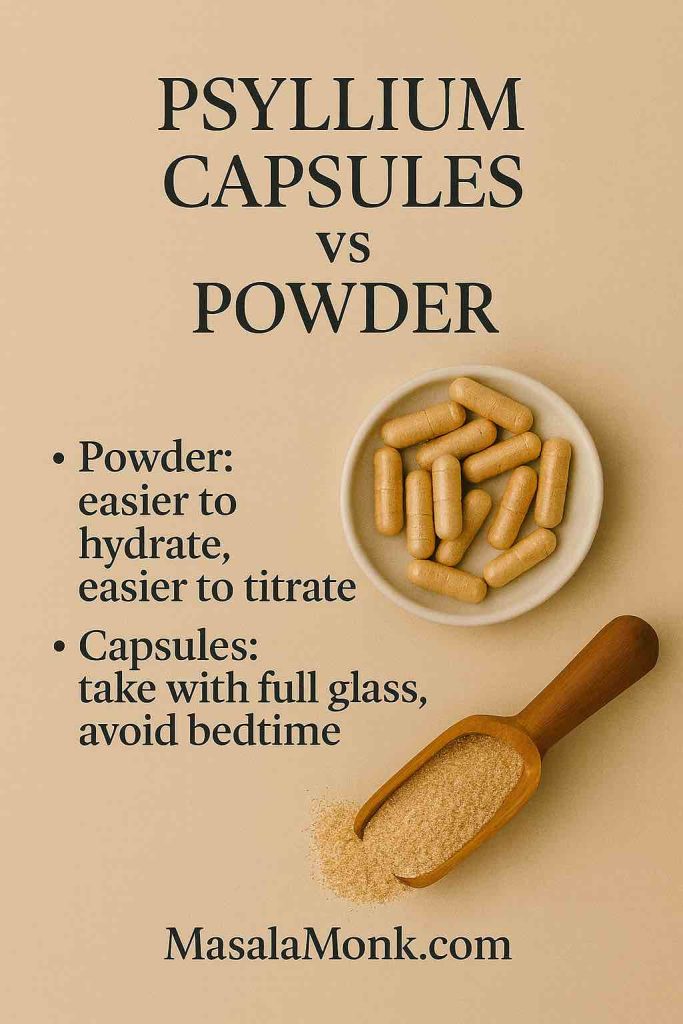
Wheat allergy symptoms in adults can be confusing at first. You might notice itchy hives, lip or eyelid swelling, nausea, cramps, or even sudden wheeze after a wheat-based meal. Because timing matters, reactions often begin within minutes to two hours. However, not every wheat problem is an allergy: some people have celiac disease, while others describe non-celiac wheat/gluten sensitivity. Since tests and diets differ, let’s clarify how adult wheat allergy presents, how doctors confirm it, and how you can manage your food life with more confidence. For a quick primer on terminology as you read, here’s what gluten actually is in plain English.
Quick note: This article is educational and not a substitute for medical advice. If you’ve had breathing trouble, throat tightness, repeated vomiting, or fainting after wheat, use epinephrine if prescribed and seek urgent care.
Wheat Allergy Symptoms in Adults: What They Look Like (Fast vs Delayed)
When adults react to wheat, the fast pattern stands out. Classic signs include hives, flushing, swelling of the lips or eyelids, coughing or wheeze, and throat tightness. In severe cases, dizziness or fainting can occur because blood pressure drops. Gut symptoms—nausea, cramps, vomiting, or diarrhea—can appear alone or alongside skin and breathing signs. Because wheat allergy is an immune reaction (IgE-mediated in most adults), these quick-onset symptoms deserve attention.
Meanwhile, slower patterns sometimes appear hours later, especially with gut discomfort. Although delayed symptoms can be less dramatic, they still disrupt life. Therefore, write down what you ate, when symptoms began, how long they lasted, and whether you exercised or took alcohol/NSAIDs around the meal. With a simple log, you help your clinician spot the pattern faster and choose the right tests.
Want wheat-free staples you can use today? Explore gluten-free millet options to replace chapatis, porridge, and many snacks without feeling restricted.
Sudden Wheat Allergy in Adults & Exercise-Triggered Reactions (WDEIA)
Sometimes, wheat allergy symptoms in adults appear only when a cofactor is present. Most often, exercise within a few hours after a wheat meal triggers reactions; however, alcohol or NSAIDs can also lower the threshold. Clinicians call this pattern wheat-dependent exercise-induced anaphylaxis (WDEIA).
Why this matters: in WDEIA, a specific wheat component called omega-5 gliadin (Tri a 19) often drives reactions. Consequently, if your hives or breathing symptoms cluster around workouts or long walks after wheat, tell your allergist and ask about omega-5 gliadin testing (component-resolved diagnostics). For readable background, a patient-friendly WDEIA research summary explains the pattern, and an open-access review on omega-5-gliadin allergy and cofactors dives into mechanisms and management options.
Practical guardrails until you have a plan:
- Avoid exercise for 4–6 hours after wheat.
- Be cautious with alcohol or NSAIDs around wheat meals.
- Discuss whether you should eliminate wheat entirely for now or adjust timing/cofactors first based on your testing and reaction severity.
Wheat Allergy vs Celiac Disease vs “Gluten Intolerance” (Know the Difference)
Although symptoms can overlap, these three are not the same—and their tests and diets differ:
- Wheat allergy (IgE-mediated): your immune system reacts to wheat proteins. Reactions are typically rapid; WDEIA is common in adults. When tests and history don’t line up cleanly, a supervised oral food challenge confirms or excludes allergy. For the clinical playbook, see Conducting an Oral Food Challenge.
- Celiac disease: an autoimmune condition reacting to gluten (wheat, barley, rye). The first-line blood test is tTG-IgA with total IgA, as outlined in Celiac—Choose the Right Test (ARUP Consult). Importantly, stay on gluten until testing finishes, because going gluten-free too early can produce falsely negative results; Celiac Foundation: Screening & Diagnosis explains why.
- “Gluten intolerance” / non-celiac wheat/gluten sensitivity (NCWS/NCGS): symptoms are real for some people, yet there’s no single approved biomarker. Clinicians diagnose it after ruling out celiac and wheat allergy.
Bottom line: there isn’t one generic “gluten test.” Instead, there’s the right test for the right condition—so your plan matches your body and you avoid over-restricting your diet.
How Doctors Test for Wheat Allergy (Adults)
Getting the diagnosis right reduces anxiety and prevents unnecessary eliminations. Here’s how the process usually unfolds.
1) History first, because timing tells the story
Your clinician maps what you ate, how fast symptoms appeared, how long they lasted, and whether cofactors (exercise, alcohol, NSAIDs) were present. This timeline guides test selection and interpretation.
2) Skin-prick testing (SPT) and serum specific-IgE (supportive, not absolute)
Initial work-ups often include a wheat extract by SPT and/or serum specific-IgE to wheat. Think of these as supporting evidence—they help, but they aren’t yes/no on their own. Context remains essential.
3) Component-resolved diagnostics (crucial in adults with WDEIA)
If WDEIA is suspected—or if results look murky—your clinician may order omega-5 gliadin (Tri a 19)-specific IgE. In adults with exercise-related wheat reactions, Tri a 19 often correlates better with risk than whole-wheat IgE. Notably, some WDEIA patients test negative to whole wheat yet positive to Tri a 19. For evidence, see omega-5 and gamma gliadin as major adult allergens and a practical evaluation of omega-5 gliadin allergy.
4) Oral Food Challenge (OFC) when needed (gold standard)
When history and labs still don’t give a clear answer, a supervised OFC in clinic confirms or excludes allergy—never challenge at home. For stop criteria and safety principles, see When to stop an OFC (AAAAI Ask-the-Expert) and the detailed OFC practice parameter update.
Smooth next step: once you know your bucket—wheat allergy, celiac, or NCWS—you can choose grains with confidence. For everyday cooking without wheat, browse gluten-free millet options and grab a breakfast-friendly millet pancake recipe (gluten-free).
Treatment & Day-to-Day Management (Actionable and Safe)
A good plan does two things: it keeps you safe during reactions and helps you eat well without guesswork.
Match your diet to your diagnosis
- With wheat allergy, the target is wheat, not necessarily all gluten grains. Some adults tolerate barley, rye, and pure (uncontaminated) oats; however, confirm your personal list with your allergist and your own lived experience.
- With celiac disease, you must avoid all gluten grains (wheat, barley, rye) and manage cross-contact carefully. Testing comes before the diet; for specifics, revisit Celiac—Choose the Right Test.
For comforting, wheat-free staples, try savory millet pancakes (wheat-free) or traditional ragi idlis (gluten-free). If you’re balancing staples, compare quinoa vs rice for an easy side.
Emergency readiness
If you’ve had systemic reactions, carry epinephrine autoinjectors and practice how to use them. Antihistamines may reduce hives and itch; nevertheless, they do not fix breathing or blood-pressure problems. Medical guidance is consistent: epinephrine is first-line for anaphylaxis—see the 2023 anaphylaxis practice parameter.
WDEIA specifics
Until you and your clinician finalize a plan, avoid exercise for 4–6 hours after wheat and go easy with alcohol/NSAIDs around wheat meals. Depending on your history and tests, some adults adopt strict wheat avoidance. For context, the open-access review on omega-5-gliadin allergy and cofactors explains why cofactors matter.
“Home remedies,” “cures,” and OIT
At present, there’s no proven cure for adult wheat allergy. Comfort steps—hydration, rest, topical care for hives—may ease mild symptoms, but they don’t prevent or treat severe reactions. Oral immunotherapy (OIT) for wheat exists in research or limited programs; discuss risks and benefits with a specialist who can personalize advice based on your reactions and component results.
Quick note: This article is educational and not a substitute for medical advice. If you’ve had breathing trouble, throat tightness, repeated vomiting, or fainting after wheat, use epinephrine if prescribed and seek urgent care.
What to Eat (and Avoid) with Wheat Allergy
Here’s a clear, practical guide you can use in stores and restaurants.
Avoid these wheat names and common forms
Wheat, atta/whole-wheat flour, durum/semolina, spelt, kamut, farro, bulgur, and graham flour. Also, look for wheat flour in sauces, soups, gravies, and spice blends used for coating or thickening.
Build your wheat-free plate (without feeling restricted)
- Millets: swap roti/dosa batters or make porridge with gluten-free millet options.
- Recipes to try: a millet pancake recipe (gluten-free) for breakfast; savory millet pancakes (wheat-free) for lunch or snacks.
- Traditional pick: ragi idlis (gluten-free) fit neatly into Indian menus.
- Staple comparison: check quinoa vs rice to balance fiber, protein, and cost.
- Oats (culinary guidance): if you use oats as a non-wheat staple, review oat types and nutrition, oats vs oatmeal, steel cut vs rolled, and quick vs instant for texture and cooking times.
(If you have celiac disease rather than wheat allergy, choose certified gluten-free oats and discuss with your clinician before adding them.)
Cross-contact & dining out
Ask about flour dusting on pans, shared fryers, pizza peels, bakery cases, and “secret” flour in sauces or spice blends. If you notice reflux-like swallowing problems—a separate issue sometimes tied to food triggers—this practical primer on Eosinophilic Esophagitis (EoE): diet & treatment explains elimination strategies in plain English.
Wheat Allergy vs Celiac vs “Gluten Intolerance”: Side-by-Side
| Feature | Wheat Allergy (IgE-mediated) | Celiac Disease | “Gluten Intolerance” / NCWS |
|---|---|---|---|
| Driver | IgE reaction to wheat proteins | Autoimmune reaction to gluten (wheat, barley, rye) | Symptoms with gluten/wheat, no single biomarker |
| Onset after exposure | Often minutes–2 hours (fast) | Variable, chronic | Variable (can overlap with IBS) |
| Typical symptoms | Hives, swelling, cough/wheeze, throat tightness, nausea/vomiting | GI symptoms, anemia, dermatitis herpetiformis, nutrient deficits | Bloating, pain, fatigue, “brain fog” |
| First-line tests | SPT, specific-IgE; omega-5 gliadin (Tri a 19) if WDEIA suspected; oral food challenge to confirm | tTG-IgA + total IgA; EMA; biopsy as directed | Clinical diagnosis after ruling out celiac & allergy |
| Diet | Wheat-free (other gluten grains may be OK—individualize) | Gluten-free (wheat, barley, rye) | Individualized; sometimes low-FODMAP focus |
| Cofactors | Exercise, alcohol, NSAIDs can trigger WDEIA | Not typically cofactor-driven | Not cofactor-driven |
References: Oral Food Challenge practice parameter, Celiac—Choose the Right Test, Omega-5-gliadin allergy and cofactors.
Putting It All Together: A Simple, Adult-Focused Plan
Step 1 — Recognize the pattern.
If you experience wheat allergy symptoms in adults—fast hives or swelling, breathing symptoms, and GI signs within minutes to two hours—write down the timing and any cofactors (exercise, alcohol, NSAIDs).
Step 2 — Ask for the right tests.
Request SPT/specific-IgE to wheat. If exercise or other cofactors cluster with reactions, ask about omega-5 gliadin (Tri a 19). If questions remain, plan a supervised oral food challenge.
Step 3 — Match diet to diagnosis.
For confirmed wheat allergy, target wheat; for celiac, remove all gluten grains; for NCWS, personalize based on symptom response after exclusion of celiac/allergy.
Step 4 — Prepare for emergencies.
Carry epinephrine if prescribed and use it at the first sign of breathing difficulty or systemic symptoms. Antihistamines help hives, but they don’t treat airway or blood pressure problems.
Step 5 — Eat well, not small.
Lean on millets, rice, quinoa, and oats (as appropriate). As you rebuild your menu, start with gluten-free millet options, a millet pancake recipe (gluten-free), and ragi idlis (gluten-free). Compare quinoa vs rice to balance nutrients and cost, and use our oat types and nutrition guide for texture and cooking.
Sources
- Oral Food Challenge (gold standard): Conducting an Oral Food Challenge (AAAAI)
- Anaphylaxis (epinephrine first-line): 2023 practice parameter update
- Adult wheat allergy & WDEIA (omega-5 gliadin): WDEIA research summary, omega-5-gliadin and cofactors review, omega-5/gamma gliadin as major allergens, evaluation of omega-5 gliadin allergy
- Celiac testing (tTG-IgA first line; stay on gluten until tested): ARUP Consult: Celiac—Choose the Right Test, Celiac Foundation: Screening & Diagnosis
FAQs
1) What are the most common wheat allergy symptoms in adults?
Typically, symptoms start quickly—often within minutes to two hours after eating wheat. You may notice itchy hives, lip or eyelid swelling, nausea or cramps, and sometimes cough, wheeze, or throat tightness. In severe cases, dizziness or fainting can occur. Because timing matters, jot down when symptoms begin and what you ate; that pattern helps your clinician zero in on the diagnosis.
2) What does an allergic reaction to wheat feel like—and when is it an emergency?
First, many adults feel tingling or itch around the mouth, then hives, swelling, or tummy upset. However, if breathing becomes difficult, vomiting repeats, your voice sounds tight, or you feel faint, treat it as anaphylaxis. Use epinephrine (if prescribed) and seek urgent care. Antihistamines can calm hives, but they don’t fix airway or blood-pressure problems.
3) Can you get a sudden wheat allergy in adults (adult-onset)?
Yes. Adult-onset wheat allergy happens, and, in some people, reactions appear especially when a cofactor (like exercise, alcohol, or NSAIDs) follows a wheat meal. This pattern—wheat-dependent exercise-induced anaphylaxis (WDEIA)—often involves a component called omega-5 gliadin. Therefore, if your reactions cluster around workouts, tell your allergist and mention WDEIA.
4) What does a wheat allergy rash look like?
Most often, it’s urticaria (raised, itchy hives) that can spread across the skin. The rash tends to appear fast and may come with warmth or flushing. Although eczema-like patches can occur, adults more commonly report hives and swelling. Because rashes overlap with many conditions, note the timing—and whether other symptoms (like wheeze or nausea) arrive with the rash.
5) How do I tell wheat allergy from celiac disease or “gluten intolerance”?
Think mechanism and testing. Wheat allergy is an IgE reaction to wheat proteins with rapid symptoms; celiac is autoimmune to gluten (wheat, barley, rye) and uses blood tests like tTG-IgA (plus biopsy if needed). Meanwhile, “gluten intolerance” (non-celiac sensitivity) has no single approved biomarker; doctors diagnose it only after ruling out celiac and wheat allergy.
6) What’s the best wheat allergy test for adults?
Start with the story (what, when, and how you reacted). Then, doctors use skin-prick testing and serum specific-IgE to wheat. If exercise or other cofactors trigger your symptoms, component testing for omega-5 gliadin (Tri a 19) often adds clarity. Finally, when doubt remains, a supervised oral food challenge confirms the diagnosis.
7) Is there a quick at-home test for wheat allergy or “gluten intolerance”?
No. While online kits seem tempting, they often don’t diagnose allergy or celiac accurately. Instead, work with a clinician: choose the right tests (IgE for wheat allergy, tTG-IgA for celiac) and, if needed, plan a supervised oral food challenge. You’ll save time, money, and unnecessary diet restrictions.
8) What is WDEIA, and how can I reduce my risk?
Wheat-Dependent Exercise-Induced Anaphylaxis happens when wheat plus a cofactor—usually exercise, but sometimes alcohol or NSAIDs—triggers reactions. Until you have a personalized plan, avoid strenuous activity for 4–6 hours after wheat and be cautious with alcohol/NSAIDs around wheat meals. Then, discuss omega-5 gliadin testing with your allergist.
9) What is the recommended wheat allergy treatment?
Day to day, avoid wheat and manage cross-contact (shared fryers, flour dusting, or hidden thickeners). For hives, antihistamines can help; for severe reactions, epinephrine is first-line. If you’ve had systemic symptoms, carry epinephrine autoinjectors and know when—and how—to use them.
10) Is there a wheat allergy cure, or can I treat it at home?
At present, there’s no proven cure for adult wheat allergy. Comfort steps (hydration, rest, cool compresses for hives) can ease mild symptoms, yet they don’t prevent severe reactions. Meanwhile, oral immunotherapy (OIT) for wheat exists mainly in research or limited programs; talk to a specialist about risks, benefits, and fit.
11) What can I actually eat with wheat allergy—and what should I avoid?
Avoid wheat in all its common forms: atta/whole-wheat flour, durum/semolina, spelt, kamut, farro, bulgur, and graham flour. Then, build your plate with rice, quinoa, millets, buckwheat, amaranth, and, in many cases, oats (pure/uncontaminated if you also must avoid gluten). Because every body is different, test new staples carefully and keep notes.
12) Do bread or flour specifically cause different symptoms than other wheat foods?
Not usually. Bread and flour are simply common delivery vehicles for wheat proteins, so they frequently trigger or reveal symptoms. However, because flour spreads easily, it raises the risk of airborne flour exposure and cross-contact in kitchens and bakeries. Therefore, ask about shared equipment and flour dusting when eating out.
13) Can wheat allergy symptoms in adults be only gastrointestinal (bloating, cramps, diarrhea)?
Sometimes, yes—especially in delayed patterns. Nevertheless, GI-only symptoms also occur in celiac or non-celiac sensitivity, which require different tests and diets. Consequently, don’t self-diagnose; get the work-up so you avoid over-restricting and still stay safe.
14) If my tests are “low” or “borderline,” could I still react to wheat?
Possibly. IgE numbers and skin-test sizes support diagnosis, but context matters. Therefore, doctors combine your history, test results, and sometimes a supervised food challenge to make the call. In short, numbers alone don’t tell the whole story.
15) Do I need to avoid all gluten grains if I have wheat allergy?
Not necessarily. Many adults with wheat allergy tolerate barley, rye, and pure oats (because the allergy targets wheat proteins). However, if you have celiac disease, you must avoid all gluten grains. Since the plans differ, confirm your diagnosis first—and then personalize your list with your clinician.
16) Why do reactions sometimes happen only after exercise?
Because exercise (and occasionally alcohol or NSAIDs) can act as cofactors, lowering your reaction threshold. In WDEIA, wheat plus exercise triggers symptoms. Consequently, timing your workouts and discussing omega-5 gliadin testing can make management safer and simpler.
17) Is there a difference between wheat sensitivity and wheat allergy?
Yes. Wheat allergy is an IgE-mediated immune reaction with risk of hives, swelling, wheeze, and anaphylaxis. Wheat sensitivity (often used for non-celiac sensitivity) causes symptoms but lacks a single diagnostic biomarker. Because management differs, testing—and careful interpretation—really matters.
18) How do I manage dining out without constant fear?
Plan ahead. First, ask about flour in sauces, shared fryers, and flour dusting on pans or pizza peels. Next, share a short, specific “do/don’t” list with the server. Finally, carry your epinephrine (if prescribed) and choose dishes less likely to hide flour—plain grilled proteins, steamed rice, salads with simple dressings, and clearly labeled gluten-free options (confirm they’re also wheat-free for your needs).
19) Will wheat allergy symptoms in adults ever fade?
They can change over time, although persistence is common. Because reactions vary, schedule periodic re-evaluation with your allergist—especially if your lifestyle or exposures change. If the risk profile shifts, your plan can shift too.
20) What’s the simplest action plan to start today?
First, recognize your wheat allergy symptoms in adults and record the pattern. Second, book testing—ask about skin-prick, specific-IgE, and, when relevant, omega-5 gliadin. Third, prepare for emergencies with epinephrine and a short, written plan. Finally, rebuild your menu with safe staples (rice, quinoa, millets, oats as appropriate) so you eat well, not small.

